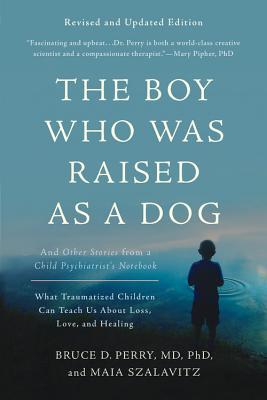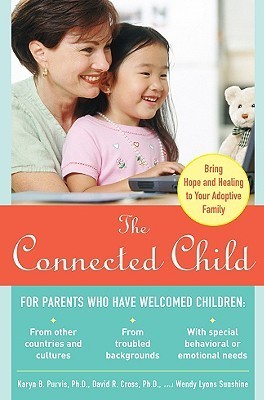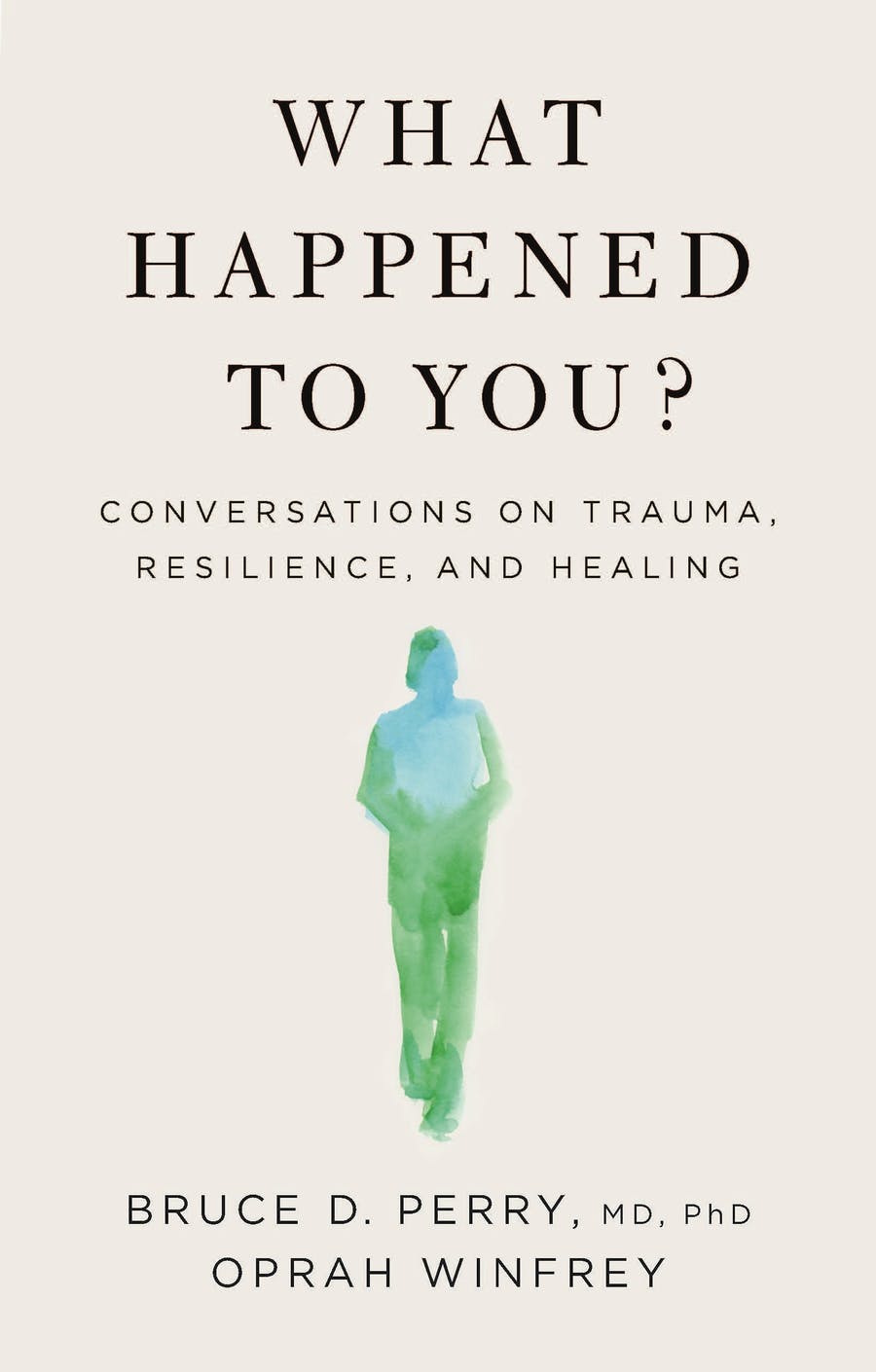
The Boy Who Was Raised as a Dog: And Other Stories from a Child Psychiatrist's Notebook
Book Description
What happens when a child’s innocence collides with unimaginable trauma? In "The Boy Who Was Raised as a Dog," Bruce D. Perry uncovers the haunting reality of childhood adversity through gripping case studies and profound insights from his work as a child psychiatrist. Each story peels back the layers of the human psyche, revealing the resilience and fragility of young lives molded by pain and neglect. From shocking transformations to heartbreaking tales of survival, the narrative pulses with emotional stakes that challenge everything we think we know about healing. Can love really make a difference when all seems lost?
Quick Book Summary
"The Boy Who Was Raised as a Dog" by Bruce D. Perry offers a window into the minds and experiences of traumatized children through gripping case studies from his psychiatric practice. Perry demonstrates how trauma, neglect, and abuse leave deep, sometimes invisible scars on the developing brains of children. Using scientific insights and compassionate storytelling, the book illustrates the immense capacity for healing when children are met with empathy, patience, and consistent care. Perry challenges conventional wisdom on childhood trauma, underscoring the importance of understanding the context, individualizing treatment, and offering connection over punishment. Ultimately, the book urges readers to rethink how society supports its most vulnerable, suggesting that love and healthy relationships truly can foster resilience, even after the worst of childhood horrors.
Summary of Key Ideas
Table of Contents
Impact of Trauma on Brain Development
Bruce D. Perry shares real-life stories of children he treated for severe trauma, each illustrating how early abuse and neglect reshape brain development. Drawing on neuroscience, Perry explains that young brains are especially vulnerable to stress, with trauma often leading to profound behavioral and emotional challenges. He clarifies that children do not "grow out" of trauma; instead, their symptoms must be understood as adaptations to horrific circumstances rather than bad behavior.
The Healing Power of Human Connection
A core theme is the healing potential of consistent, nurturing relationships. Perry emphasizes that, above all, recovery hinges on connection. He describes cases where traumatized children begin to recover primarily when adults respond with empathy and create environments of safety and trust. Even children who have endured unthinkable pain can begin to heal through repeated, caring interactions that reform and strengthen their neural pathways.
Individualized Care in Recovery
Perry insists that recovery must be individualized, recognizing unique backgrounds and needs. Standard interventions can often retraumatize; for example, confronting a fear too forcefully or employing rigid discipline may worsen symptoms. Instead, he advocates for tailored approaches: gradual exposure, rhythmic and sensory therapies, and respect for developmental stages. This strategy helps children move beyond survival mode and learn to regulate emotions more healthily.
Rethinking Conventional Interventions
The book challenges assumptions about trauma interventions, arguing that punishment and isolation often exacerbate harm. Perry illustrates that trauma-informed care, focusing on what happened to the child rather than what’s "wrong" with them, produces better outcomes. He reveals how professionals and caregivers can unintentionally reinforce trauma if they're not attuned to these needs, and he urges systems to transform expectations and practices accordingly.
Hope and Resilience After Adversity
Despite the darkness of his subject matter, Perry’s accounts are ultimately hopeful. Even children who begin life with unimaginable burdens can, with the right support, find resilience and joy. Perry’s work reveals both the fragility and enduring strength of the human spirit, offering a blueprint for compassionate care and societal change. The stories confirm that, given patience, understanding, and love, healing is possible—even after the deepest traumas.
Download This Summary
Get a free PDF of this summary instantly — no email required.





